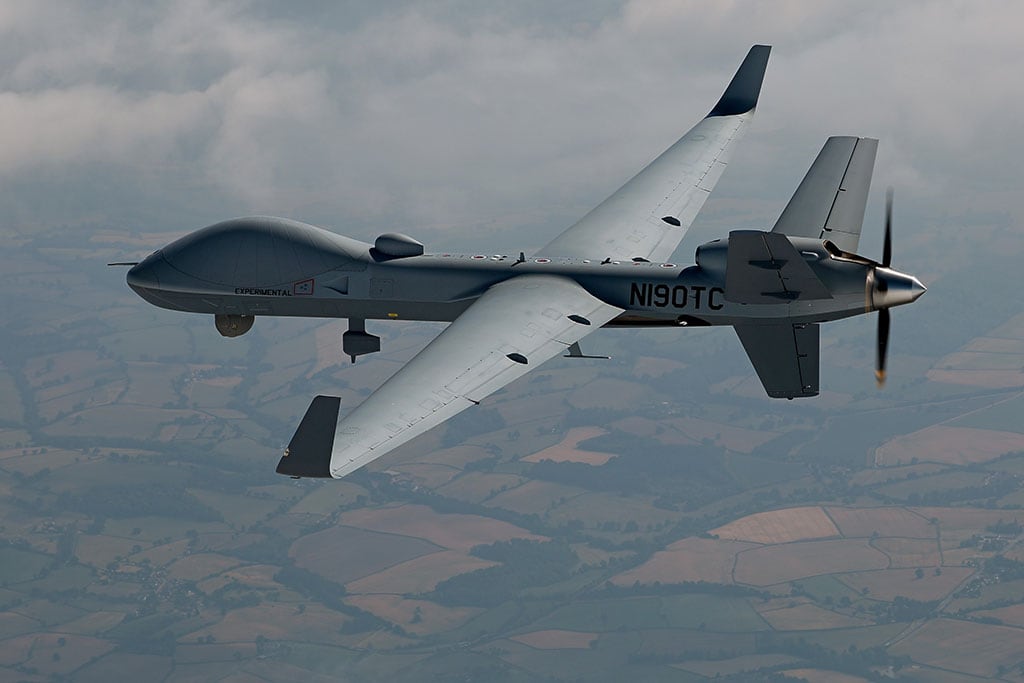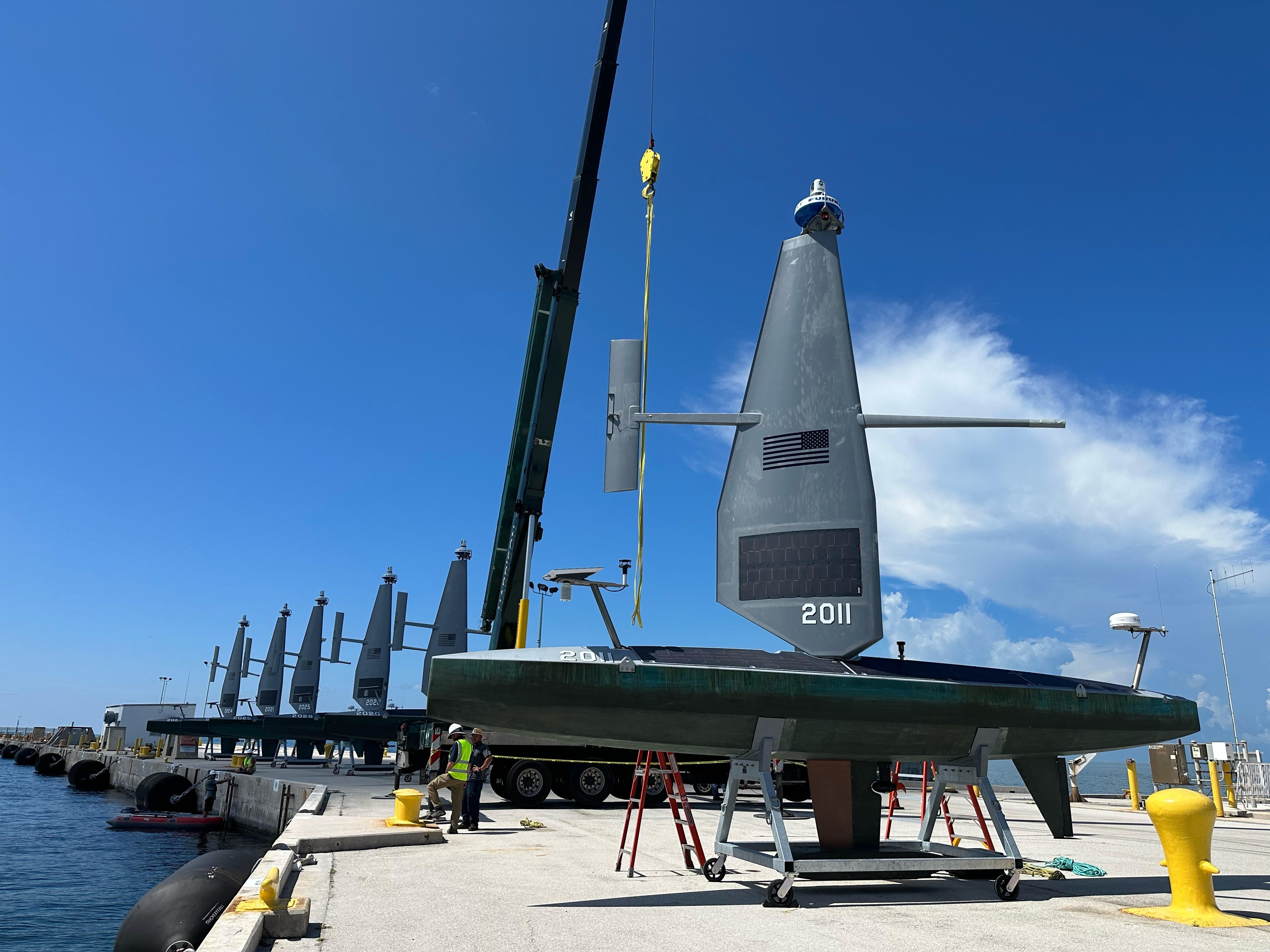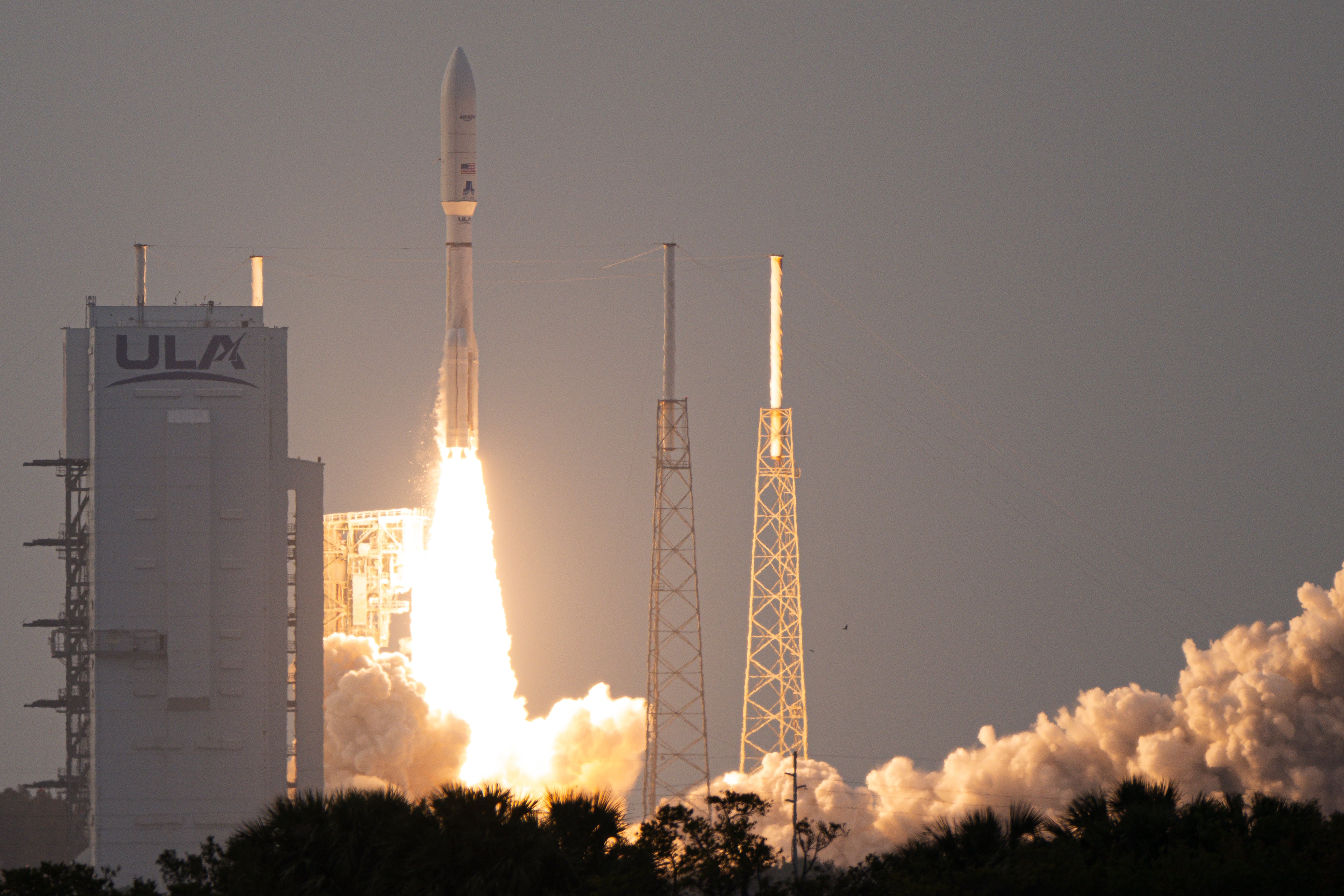WASHINGTON — The slowing of federal spending on research and development means the U.S. needs to capture innovation from the commercial market, a top Defense Department innovation official said Tuesday.
The U.S. is attempting to outpace China in developing mature technologies that will define future fights, such as artificial intelligence, cyber capabilities and 5G networks, but federal investment is losing pace in the midst of the competition, said Michael Brown, director of the Defense Innovation Unit, the DoD arm tasked with connecting with nontraditional vendors.
“Federal R&D is declining as a percentage of the economy, [and] it’s flattening out in dollar terms,” he said at the National Defense Industrial Association’s National Security Artificial Intelligence Conference. “Meanwhile, the commercial sector has moved ahead quite dramatically.”
To keep pace, the U.S. needs to be “bolstering investment in basic R&D, that’s both on the federal level ... but also on the private sector side,” Brown said.
DIU’s mission to attract nontraditional contractors is key to future military superiority, Brown said, pointing to statistics that show the top U.S. technology companies outspend the top five defense prime contractors on R&D by about $64 billion a year.
“So if we want access to the leading technology for our military, we’ve got to be accessing the commercial world, and we’ve got to learn to be a fast follower,” he said.
But there’s still an important need for federal investment, Brown noted.
“I think one of the advantages of federally funded R&D is you get a longer-term time horizon and some willingness to take risk,” Brown said.
Rep. Jim Langevin, D-R.I., chair of the House Armed Services Committee’s new Subcommittee on Cyber, Innovative Technologies, and Information Systems, called for increased spending in an array of research areas. He highlighted the payoffs of R&D investment by pointing to the Defense Advanced Research Projects Agency’s Pandemic Prevention Platform, a research program that helped accelerate the creation of a vaccine for COVID-19.
“Defense-funded basic, early-stage and applied research helps us maintain our competitive edge on the battlefield, but also improves civilians lives,” Langevin said at the conference. “I urge my colleagues to support defense research as much as possible. It pays untold dividends going forward.”
In the last three years, numerous think tank and congressional reports have called for increased federal R&D spending. A 2020 report from the House Permanent Select Committee on Intelligence called for boosting R&D investment from 0.7 percent of gross domestic product to 1.1 percent, the U.S historical average.
Brown warned that if the U.S. doesn’t step up investment and take advantage of the private sector’s latest breakthroughs, then China will overtake the U.S. technologically.
“The heart of that strategic competition is the tech race,” he said.
Andrew Eversden covers all things defense technology for C4ISRNET. He previously reported on federal IT and cybersecurity for Federal Times and Fifth Domain, and worked as a congressional reporting fellow for the Texas Tribune. He was also a Washington intern for the Durango Herald. Andrew is a graduate of American University.








